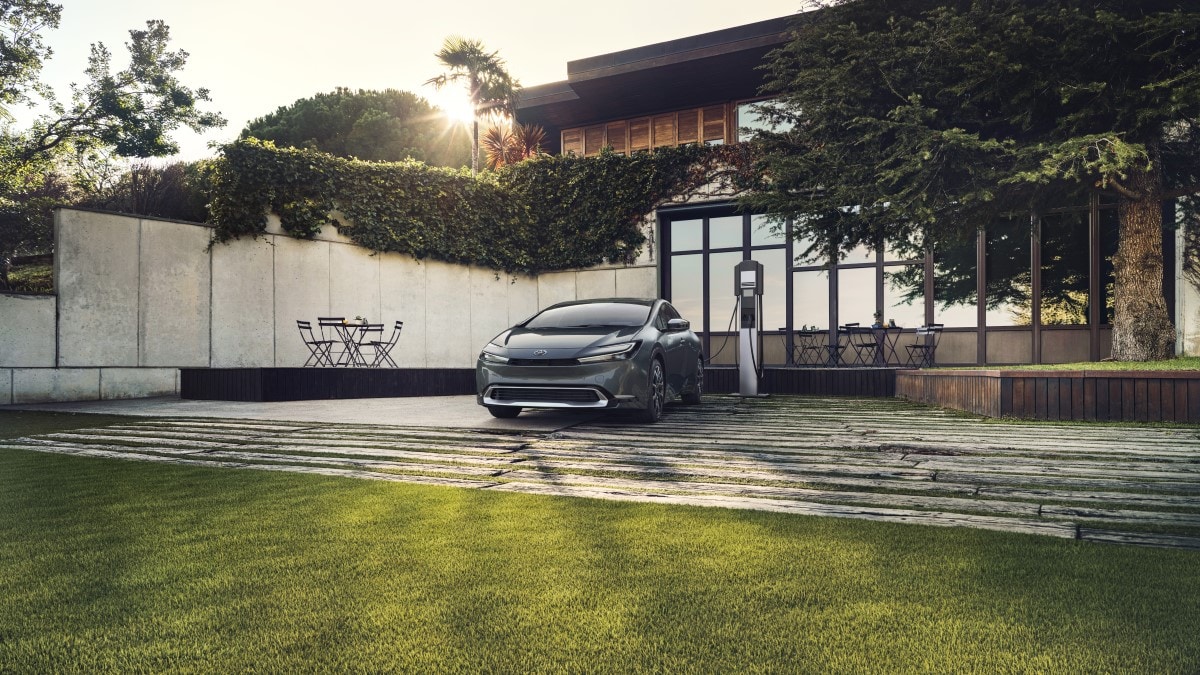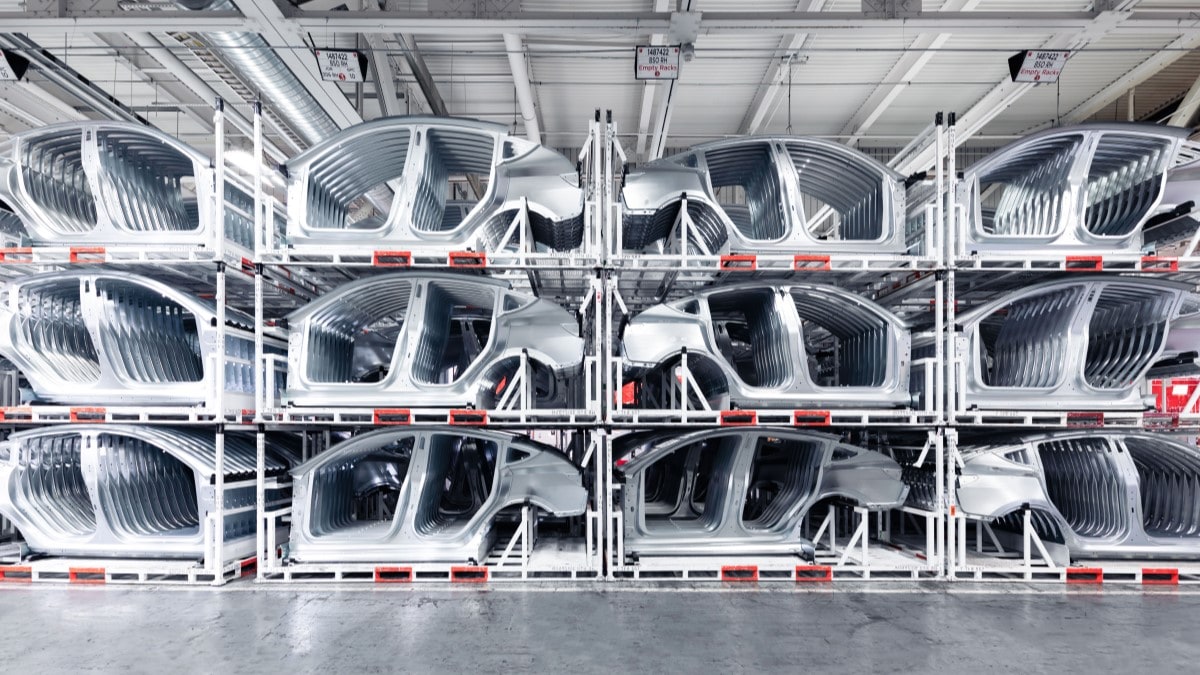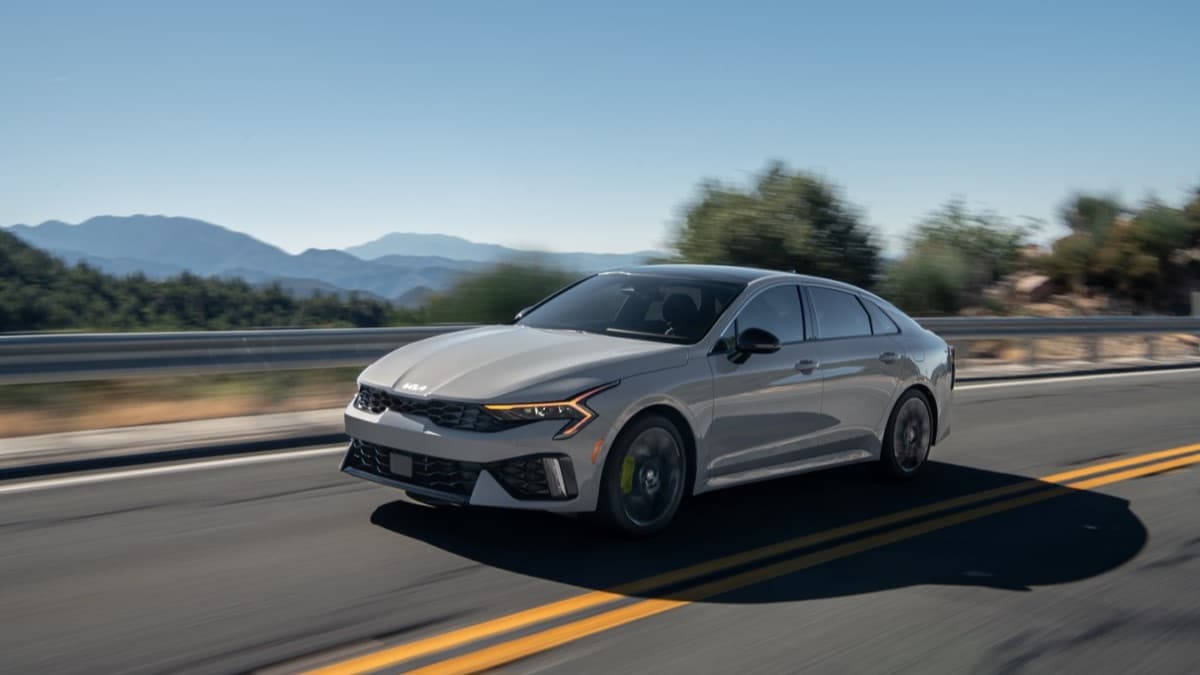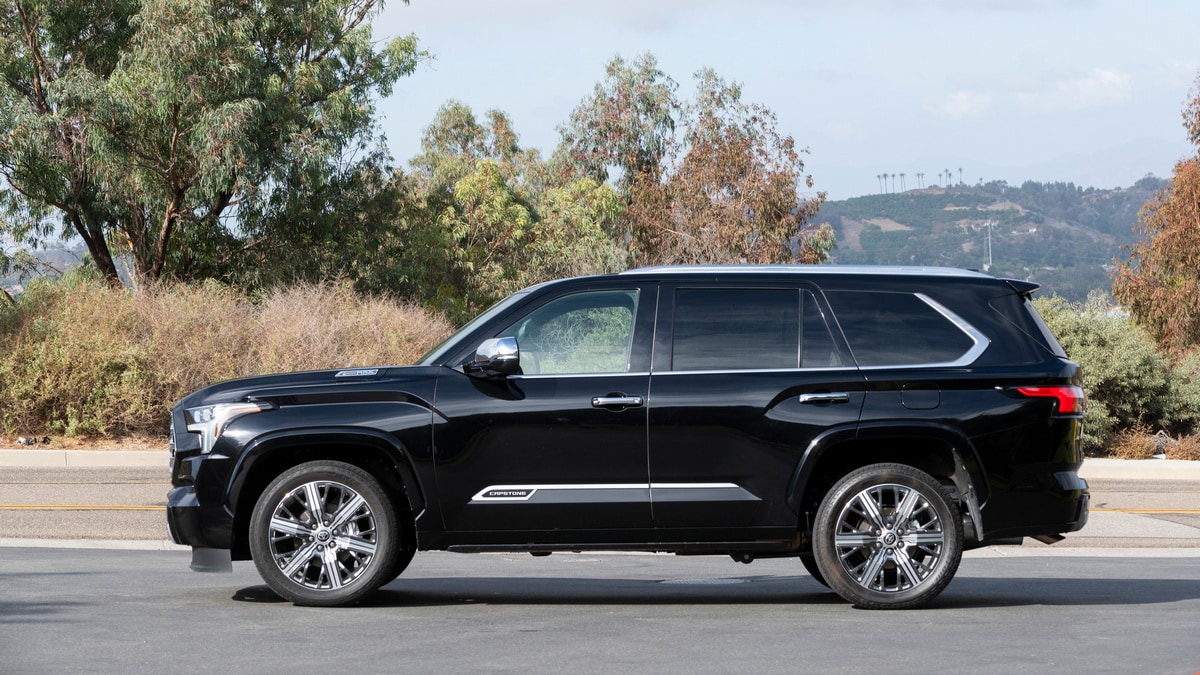Charging an electric vehicle (EV) in public can be a frustrating experience. Studies have found that nearly a fifth of public charging attempts fail thanks to broken chargers or faulty payment systems. Even when you find a charger that works well, using a new one can mean lost minutes downloading a new app and signing up for a new payment system.
But most EV owners do the bulk of their charging at home. Home charging systems are in much better shape, according to a new study.
Related: EV Charging Stations – Everything You Need to Know
J.D. Power’s 2024 U.S. Electric Vehicle Experience Home Charging Study found EV owners more satisfied with home chargers this year than last.
Types of EV Charger
Level 1 chargers are the charging cords that come with every EV. They plug into a standard wall outlet and charge a car slowly, often taking 24 hours or more to fill a battery completely. But they have no installation cost, and can add more range overnight than most drivers use in the average day.
Level 2 chargers use a 240-volt connection like many ovens and clothes dryers. EV owners often pay to have them installed in their homes. Some shopping centers and other locations where customers might spend several hours have installed these. A Level 2 charger can refill most EV batteries in about eight hours.
Level 3 chargers, also called DC fast chargers, are large units directly connected to the local electrical grid. They are typically found at highway rest stops and can refill some batteries completely in under an hour. We’re not aware of any Level 3 chargers installed in private homes, as the move would be cost-prohibitive for almost everyone.
J.D. Power’s study distinguishes between portable Level 2 chargers that can be moved to any 240-volt outlet and permanent Level 2 chargers often mounted in a garage. Researchers rated respondents’ satisfaction on a 1,000-point scale. Higher scores correspond with greater satisfaction.
Satisfaction Improving, Quality Not
Unsurprisingly, people prefer to charge faster. Owner satisfaction with every type of charger improved over the same survey last year.
Owners gave Level 1 chargers a score of 581 – 20 points higher than a year ago.
Permanently-mounted Level 2 chargers earned a score of 744, an improvement of 4 points.
Level 2 portable chargers almost matched permanently installed versions, earning a score of 735 – a 2-point improvement.
The improvement may come down to owners getting used to living with an EV. J.D. Power notes, “All three charging segments see year-over-year increases in overall problems among owners.” The most common problem among all owners was an inconsistent internet connection.
Satisfaction was highest among owners who took advantage of a local utility’s financial incentive to help pay for installation. But 49% of owners said they didn’t know those programs existed.
Most Chargers May Always Be in Homes
America’s charging infrastructure for EVs is still young and inconsistent. Even as it grows, home charging may be the bulk of it.
Media and politicians often emphasize the growth of the public charging network. However, the public charging network may always remain small because of the nature of EV ownership.
Simply put, we refill our gas-powered cars on the way to home or work. We’ll refill EVs when we get there.
A recent study from the National Renewable Energy Laboratory found that when America has enough chargers to support 33 million EVs, 96% of them could be in private homes or workplaces.





